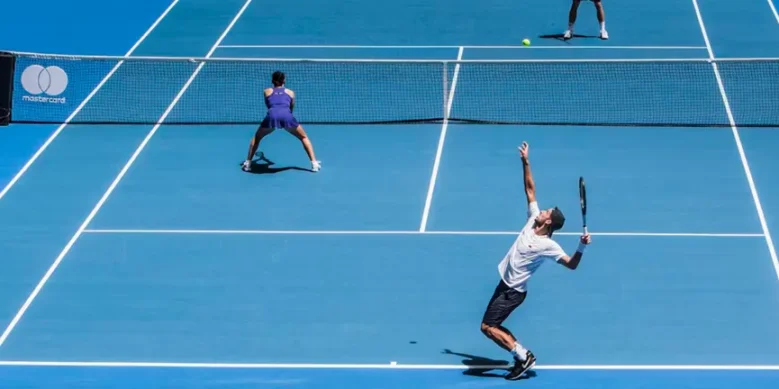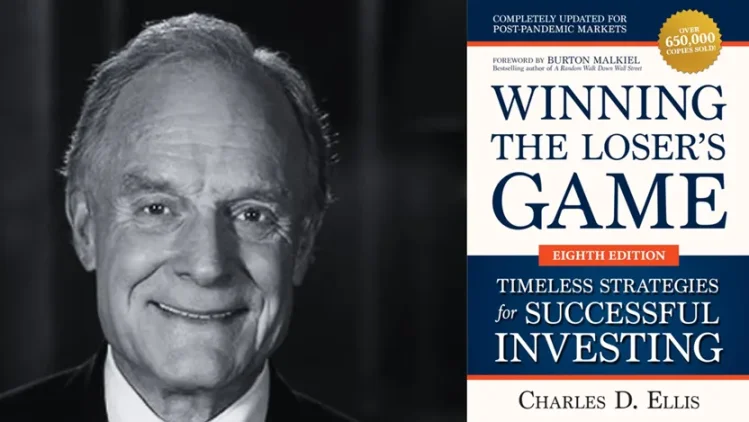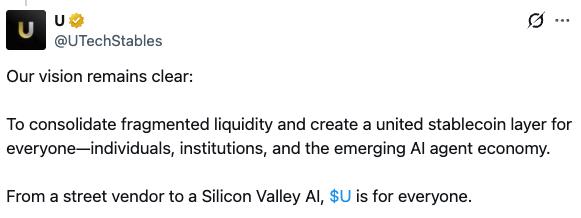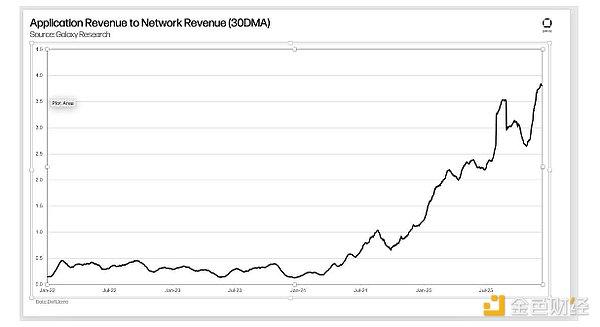After BTC broke through $100,000, the entire Crypto market no longer saw a steady rise, but instead a continuous three-month decline. The most common word seen recently is "impoverishment," and many players who originally benefited are now facing new struggles.
On one hand, the BTC ETF has made a grand debut on the historical stage, while on the other, the market has deteriorated significantly. Facing the current dismal market, we can no longer hold the same mindset as in previous cycles, as we must admit - the market has changed.
So, how do we survive in this market that makes you want to curse? The author has recently seen some good insights and thoughts, which are shared here.
Let's first consider a question: in a high-level Grand Slam tennis match, is skill more important or is mentality more important, and which one is more important in an ordinary amateur match?
To answer this question, Dr. Simon Ramo, a scientist and statistician, specifically wrote an excellent book on tennis strategy called "Extraordinary Tennis for the Ordinary Player".
Through long-term observation, he found that tennis has two forms: one is the competition between professional players and a few talented amateurs; the other is the competition between ordinary amateur enthusiasts. Although they use the same equipment and follow the same rules, the essence is vastly different.

Through systematic scientific statistical research, Dr. Ramo concluded that professional players win matches by actively scoring points, while amateur players lose points due to unforced errors. Professional players engage in long and brilliant counterattacks with accurate and powerful shots, constantly putting pressure on their opponents to force them into mistakes and score points. These top players rarely make mistakes, and their matches can be considered a "winner's game" where the victory is determined by the winner's active performance, and winning not only means a higher score, but also means achieving dominance through active scoring.
Amateur tennis, on the other hand, presents a completely different state. Exquisite shots, exciting prolonged rallies, and miraculous saves are rarely seen. Instead, the ball frequently hits the net and goes out of bounds, and service errors are common. Amateur players rarely truly defeat their opponents, but rather constantly defeat themselves. The reason why the winners in such matches score higher is often due to the fact that their opponents make more mistakes.
Dr. Ramo verified his theory through innovative methods: he abandoned the traditional scoring system and instead counted the ratio of points scored and points lost. The data showed that 80% of the points in professional matches were scored through active attacks, while 80% of the points in amateur matches were scored due to the opponent's mistakes.
This means that professional tennis is a typical "winner's game" where the result is determined by the winner's excellent performance, while amateur tennis is a "loser's game" where the result depends on the number of mistakes made by the losers. The two types of matches are fundamentally different in nature.
Based on this discovery, Dr. Ramo constructed a complete winning strategy: ordinary players only need to follow the simple tactic of "reducing mistakes and inducing the opponent to self-destruct" to consistently win matches.
He clearly pointed out that if the goal is to win rather than for entertainment, the core strategy should be to play a solid defense, maintain a high shot success rate, and give the opponent ample room to make mistakes. After all, amateur players are often trapped in the "loser's game" without realizing it, and will ultimately be defeated through self-consumption.
Dr. Ramo revealed the fundamental difference between the "winner's game" and the "loser's game" in his book: the so-called "winner's game" has its victory determined by exceeding expected skills, while in the "loser's game", victory is determined by making fewer mistakes than other players.

Just as Ellis said in his bestselling book "Winning the Loser's Game", modern investment is like playing tennis, where the winner only needs to make a little fewer mistakes to achieve better long-term performance, while the losers will ultimately lose because they repeatedly make the same mistakes. No one can avoid making new mistakes, but successful investors repeat old mistakes less frequently.
Looking back at the Crypto market, it used to be a "winner's game" where participation and victory required skills above the average level. But today, the Crypto market has largely evolved into a "loser's game" - just survive by making fewer mistakes, and you can win.
Therefore, the logic becomes that as long as we don't do anything out of bounds while others are frantically PvPing or leveraging crazily, we have a much higher chance of winning this game.
This is also why a few years ago, you could just blindly buy during a bull market and make a profit, but that no longer works, because this game has fundamentally changed. More than 90% of the players in the market don't need sophisticated operation techniques and strategies, the key is to reduce the frequency of mistakes and errors to achieve above-average returns.
As Howard Marks, the founder of Oaktree Capital, said: For me, perhaps the best way to achieve long-term investment success is to not make mistakes, not make bad investments, and have no terrible years. As long as we accumulate good investments step by step, year after year with stable performance, over twenty, thirty, forty, fifty years, that will be a successful investment career.
Let's all strive for our own victory in this game.






